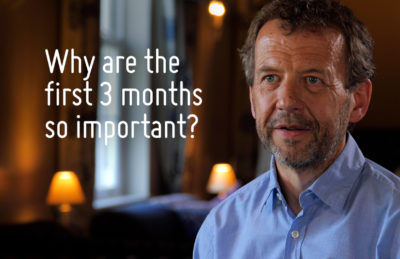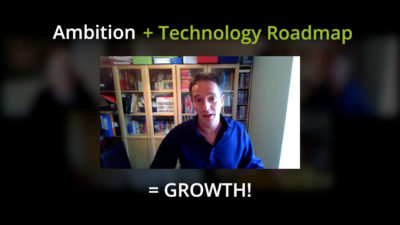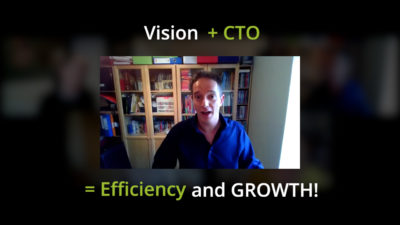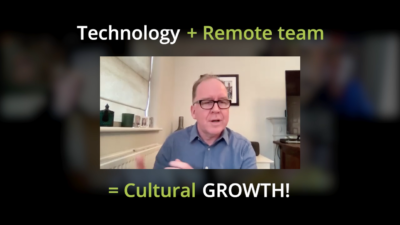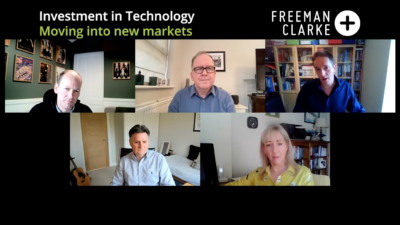Turbulence is the new normal: let’s stop adding to it
Some decades ago, a journalist asked UK Prime Minister Harold Macmillan what was the greatest challenge to his administration. His...
Read moreSome decades ago, a journalist asked UK Prime Minister Harold Macmillan what was the greatest challenge to his administration. His...
Read moreFACT: The CIO/CTO position is the only Board position where the necessary knowledge and skills need constant updating. Just like...
Read moreWe are often approached by ambitious mid-market CEOs looking to transform their business with IT and technology. The question of...
Read moreWhat happens when you hire a Freeman Clarke IT leader, or 'Principal'? How do we actually work with our mid-market...
Read moreThe first three months are a crucial time when a mid-market business hires a CIO or CTO. Find out why...
Read moreWe all want to see our businesses grow, but without a technology roadmap for growth it can create a lot...
Read moreThe right CTO will help a business leader turn their vision into a reality. Find out how our expert CTOs...
Read moreMeeting apps like Zoom and Teams have been incredibly useful for keeping businesses going during the pandemic. And now hybrid...
Read moreMany mid-market business leaders see IT and technology as a straightforward business expense. The real visionaries understand that technology can...
Read morePlain English board-level briefings focused on technology strategies to deliver competitive advantage and business success.
You can unsubscribe at any time.
Call us on 0203 020 1864 with any questions.
Graeme Freeman
Co-Founder and Director
Plain English board-level briefings focused on technology strategies to deliver competitive advantage and business success.
You can unsubscribe at any time.
Call us on 0203 020 1864 with any questions.

Visit your regional site to get the most relevant content
Continue to United Kingdom & Rest of the World



